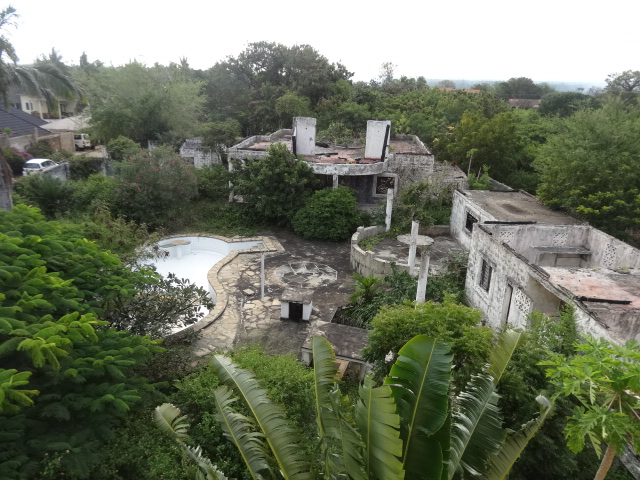Printing a boarding pass and tossing our stuff into our luggage to head out the door for the necessary three hours before takeoff, would be the norm in a perfect world. Traveling the world with everything we own is not perfect and, it isn’t quite that easy.
Others may say, “Oh, just do it! Throw it into the bags and just go already!”
We get that mentality. We do. It’s not simply that both of us are organizers and planners to the point of obsession. It’s purely stress-avoidance, plain and simple.
One could quickly tire of this lifestyle if the stress was caused by one’s lack of desire or interest in planning ahead. Failure to plan ahead leaves too much to chance. Let’s face it, there are plenty of incidents that transpire that we couldn’t have predicted. We save our resources for those, as opposed to the prospect of dealing with issues we could easily have prevented.
Luckily, we don’t experience stress in the planning process. We both thrive on it finding peace of mind and comfort as we fine-tune each step of the way.
Thus, we won’t be throwing stuff in our suitcases and hitting the road. And, although we’ve yet to pack, a lot of this preparatory work has already been started or is completed.
Question for today: How do we entertain ourselves during the long flights? (More questions follow tomorrow in Part 2)
For us, a big part of the travel time is spent utilizing our technology to keep us entertained resulting in the time passing more quickly while traveling.
With a three and a half hour layover in Nairobi, Kenya after a short flight from Mombasa, Kenya, we knew we needed to plan Internet access and the battery life of our equipment carefully.
With no space or desire to carry heavy books, we’ve used the Kindle app on our smartphones for reading (for which we don’t need Internet access once the ebook is downloaded at purchase).
However, with many hours on the various planes on the trip to South Africa, with no power plugins for passengers in economy (we checked), we needed to plan which devices we’ll be using to occupy us during the many hours in the air and during the layovers.
My newer (cracked screen) Android phone lasts for 7 hours of reading time. My old Android (on which I have the same books) is easier to read without the broken screen. The points where I left off on each book will sync when I go online on both phones simultaneously and select “sync”. But the old phone only lasts for 5 hours of reading time with less for Tom’s Android.
The end result will be that Tom will run out of reading time during the layover, leaving no remaining power for reading on the plane while I’ll be able to switch to my other phone.
As always, we have a backup plan in place. During the long layover in Nairobi, we’ll hopefully find a comfy spot to park ourselves, preferably away from the crowds, and use the MiFi’s (we each have one) and our laptops in order to be online. The MiFi charge, usually lasts for 4 hours.
Our computer batteries will last from three to four hours on each of our identical units. Plus, in checking details for the Nairobi airport, it appears that they have various digital equipment stations where one can plug into recharge. Of course, we’ll have our converters and adapters in our computer bags in case we’re able to recharge.
Hopefully, as we wait at the airport in Nairobi, I’ll be online and writing here describing the renovated state from the recent fire on August 7, 2013, and the activity around us.
Assuming that all goes well and the flights all depart on time, we’ll have another four and a half hours in the air until we arrive in Johannesburg, South Africa. During this period, we’ll read the ebooks with, hopefully, neither of us running out of battery life.
At the end of the four and a half hour flight, there is a 16-hour layover in Johannesburg. With no desire to wait for that extended period at the airport, we booked a nearby hotel offering a free shuttle back to the airport for one more flight the next morning to Kruger/Mpumalanga. At this point, all of our equipment will be charged which will be less of an issue on the remaining 45-minute flight.
Whew! Once we arrive at the airport in Mpumalanga, a pre-arranged driver will greet us to take us on the 97 km, 60 miles, 75-minute drive to our awaiting house in Marloth Park. At that point, to heck with our equipment. We’ll be so busy looking out the window, taking photos when possible, and excited to get to our new home for the next three months, we’ll never give battery life a thought.
That is, not until we arrive












































